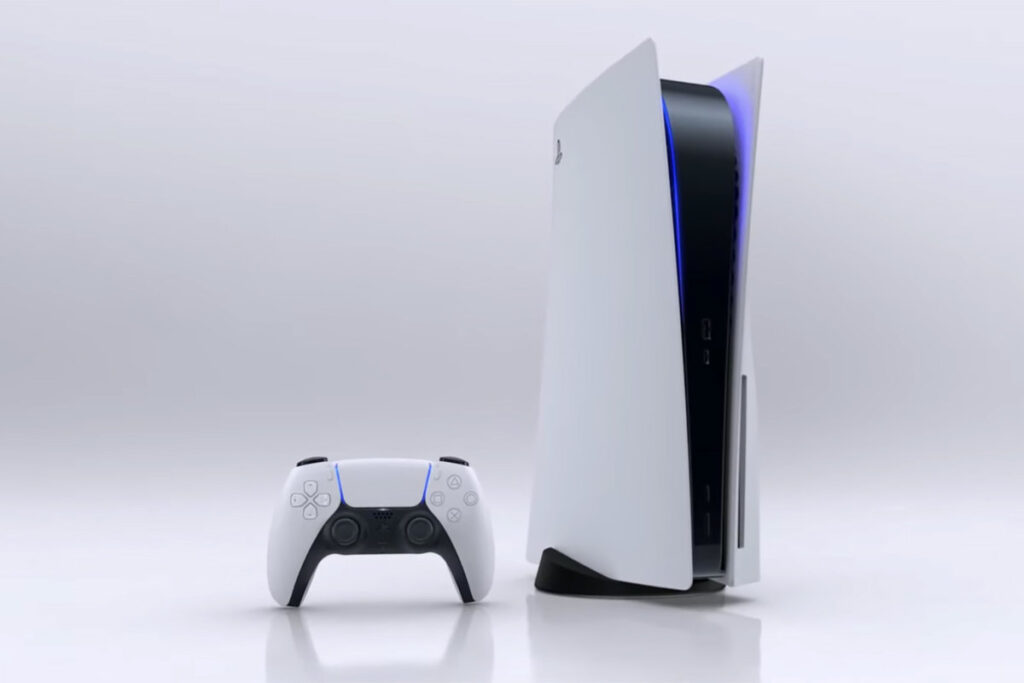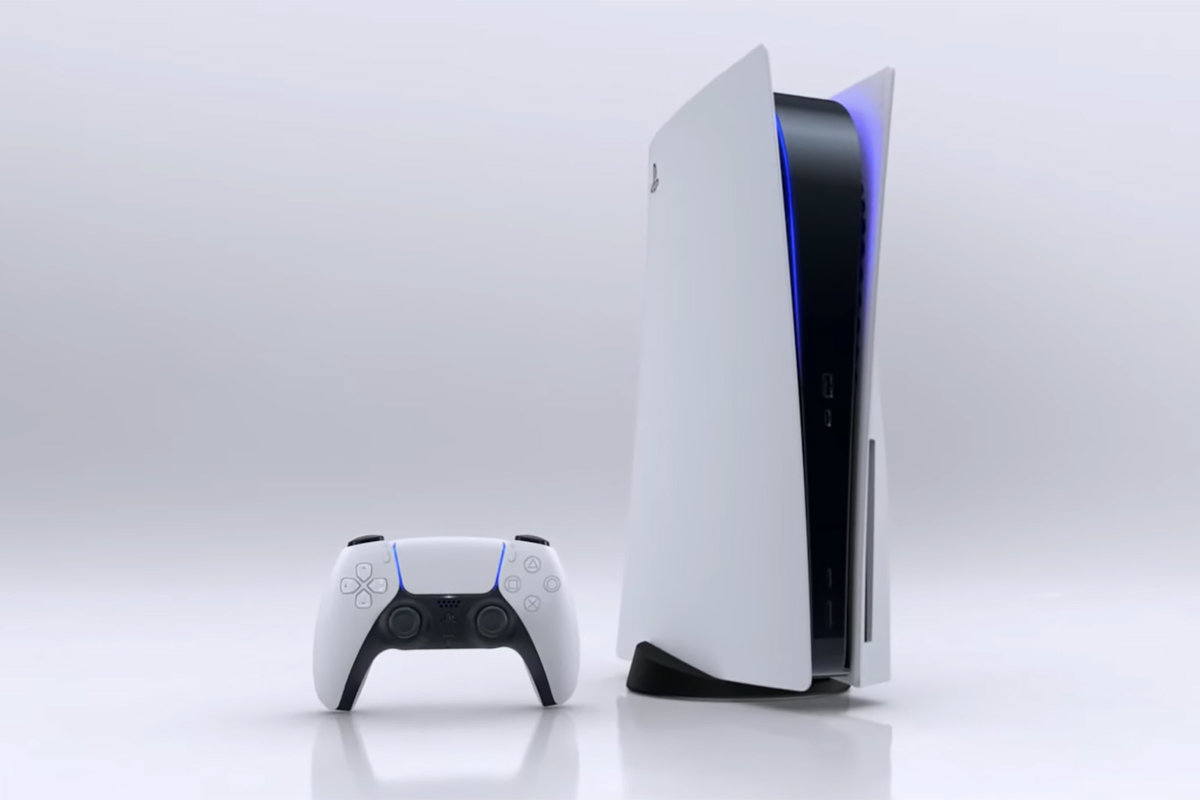Next-generation is here and Sony Interactive Entertainment isn’t slowing down. Remembering the leaks about the PlayStation 5 in 2018 had people talking, and made us speculate what kind of hardware Sony is gearing up in their sleeves. We initially thought it’s probably just another console with more teraflops, better horsepower. But when Sony said it believed in “generations”, then we were getting a console that lives by that principle on top of more power.
However, fulfilling that goal also comes with a cost especially during a time in the middle of a pandemic — the hardware’s high demand. The scalpers took interest and they rained on everyone’s parade, those who genuinely want to own the next-generation PlayStation. And by the time pre-orders went live, these infamous sellers who selfishly used bots to get miles ahead of everyone in securing PlayStation 5s. They’re selling the console at a really steep price above the recommended retail price — doubled, tripled even. It’s insane and also unfortunate.
I’m lucky enough to secure one myself from our local retailer, DataBlitz, which also had the same problem as the other retailers around the world when pre-orders went live. The temptation is real, thinking of wanting to sell the hardware, but it’s not all about money for some, rather, it’s the satisfaction of owning one. And I’m happy to own a PlayStation 5 during these hard times and to also give you my thoughts about the hardware.
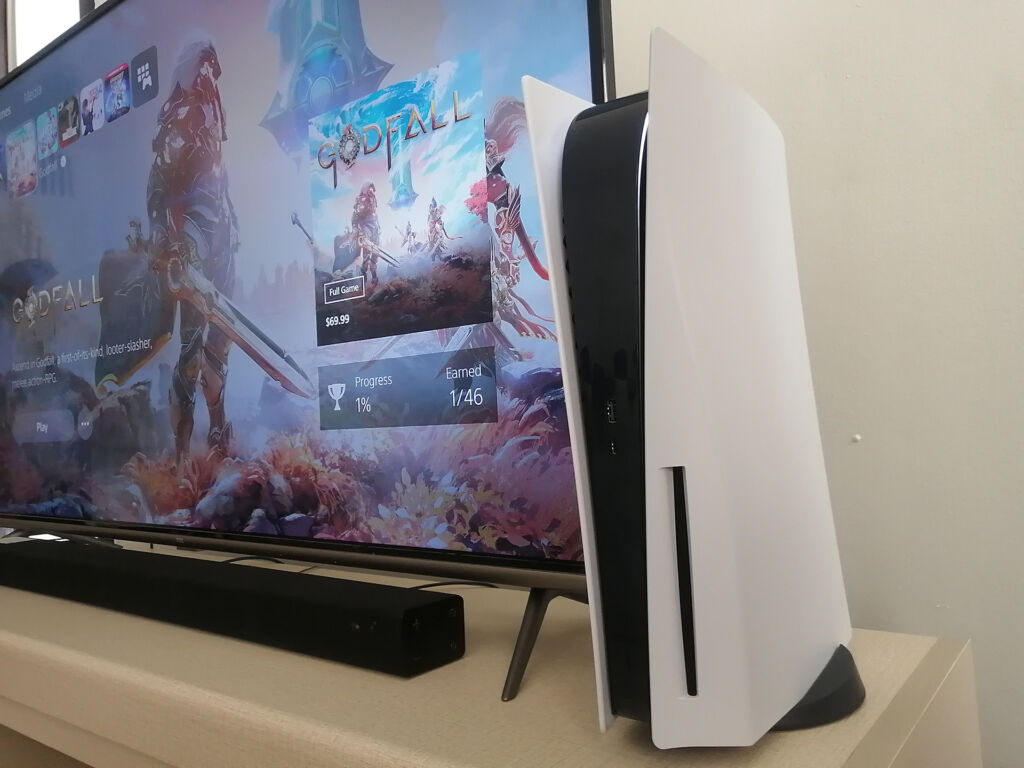
There’s a couple of things to talk about the PlayStation 5 — the hardware, its console design, the power it offers, the features, and the user interface. So, let’s talk about how the PlayStation 5 looks. As all of you are aware since its reveal during The Future of Gaming event by Sony, the sexy, curved dual-toned design absolutely gives that next-generation premium appearance. The noticeable design choice that I completely approve of is the “V” shaped front that reminds us that it’s the fifth PlayStation console in the world and that it defines what a next-generation console is. Plus, it comes with a circular stand that supports it while placed horizontally and vertically.
While I do love the white and black colors, the only caveat of this choice is how it can easily get dirty. If you have a dusty place, those tiny little brown particles are going to be really evident especially when there are smudges from touching the device. It’s also kind of taxing to clean the outer shell of PlayStation 5 on a daily basis. However, objectively speaking, it’s a nice, simplistic premium design but with the risk of getting the console dirty.
The notable change is the console’s size. It’s huge than any console I’ve ever seen – it’s bigger than the Xbox Series X, the original Xbox, the PS2, and even the PS4 Pro. The PlayStation 5 wants to stand out in your living room as it can sit perfectly beside a 55″ and 60″ television like it’s meant to be that way. The positive note about the PlayStation 5’s size is its cooling, with a huge size means there’s a lot of area for airflow thus keeping the console at reasonable temperatures, which I’ll talk about later on.
I can also say the same thing with its astonishing DualSense controller. The design looks like a DualShock 4 with white armor that protects it from getting damaged. I kind of dig the design choice as it does feel comfortable on your hands — the longer grip, the size of the analog sticks, and the buttons — it’s not as compact as the Xbox controller and it’s not as small as the DualShock 4, the size of the DualSense is, in my opinion, perfect.
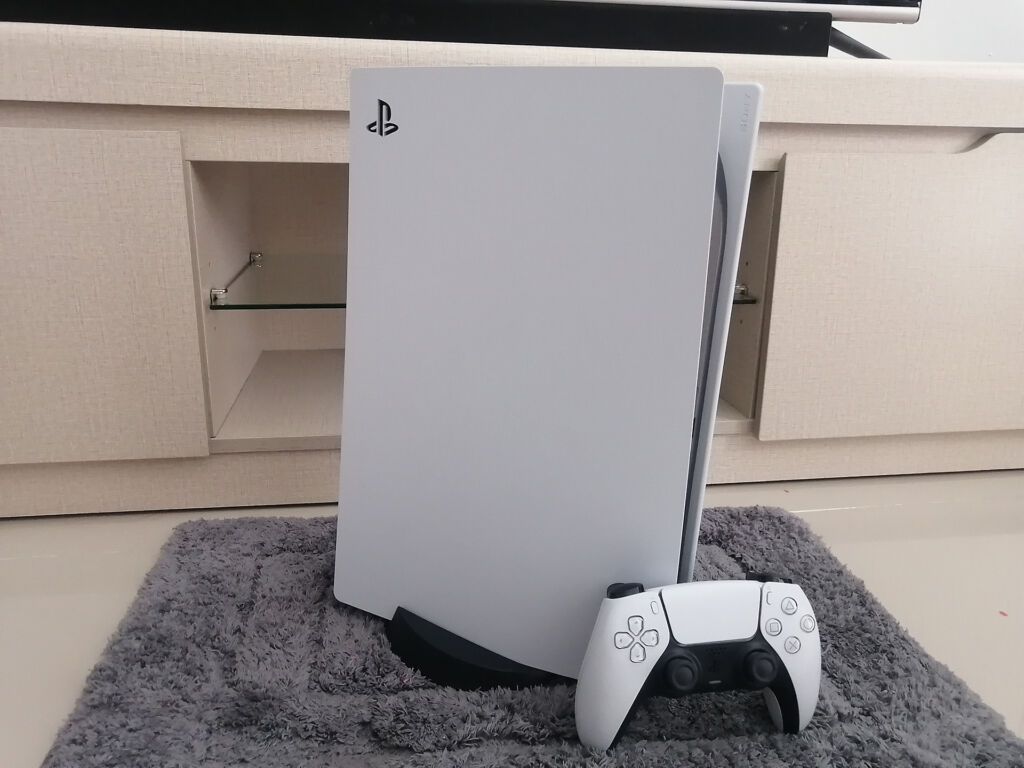
The PlayStation 5 is simply a hardware beast for a USD $499.99 console, making PC building look unnecessarily expensive. It runs with the last-generation AMD Zen 2 8-core CPU with a newly developed GPU architecture from AMD Radeon, the RDNA 2. The RDNA 2 powers the recently launched AMD Radeon RX 6000 series, and we’re fortunate enough to be given a chance to review such a powerful graphics card. Furthermore, the PlayStation 5 ups its Memory from 8GB GDDR5 to a whopping 16GB GDDR6, giving the console the power to run at native 4K/120 frames per second on games, even possibly on 8K resolution.
The PlayStation 5 has what seems to be a USB 3.1 Gen 2 ports that Sony classify as a Superspeed USB with 10Gbps speed, an HDMI port that supports HDMI 2.1 to output 4K at 120Hz (and 8K, but that option isn’t available yet), and the 2-pin power port. While the front has two ports: a USB-C Superspeed port and a High-Speed standard USB port.
The overall performance on games has been really consistent, with Apex Legends seemingly run at a consistent 60 FPS regardless of where you are on the map unlike the PS4 and PS4 Pro. However, with its ability to run PS4 games through its backwards compatibility feature, there are some games that I’ve wanted to get improvements on performance, most notably The Last Guardian. I revisited the game on PlayStation 5, fortunately, I get 30 FPS consistently, but it doesn’t go above that. With the new console’s power, I’m kind of hoping that SIE Japan Studio would release a patch that will take advantage of the PlayStation 5’s powerful hardware to run the game at 60 FPS in 4K. It’s such a beautiful, memorable game that deserves to get that next-gen touch. The only downside of the PlayStation 5’s backwards compatibility is that there will be some PS4 games that won’t get better performance aside from better load times. On a positive note, it’s actually a great feature to have, at least I don’t have to get my PS4 Pro from the box to play PS4 games anymore. I love that Sony considered adding backwards compatibility on the PlayStation 5.
The most notable upgrade is the addition of the Solid State Drive (SSD) — an 825GB (with only 667.2GB of usable space) PCIe Gen 4 NVMe SSD with a 5.5GB/s data transfer/read speed. You don’t have to wait for more than 10 seconds to wait for Marvel’s Spider-Man: Miles Morales to load. When you boot up No Man’s Sky, you don’t have to endlessly wait for the void of space to disappear as it takes half the time to get you in the game. Even if the amount of free space you get initially isn’t at all that impressive, the SSD gives a tremendous amount of improvement in load times, making games load faster on the PlayStation 5 almost instantly which makes your gaming experience a lot better than ever before.
There are no compatible SSDs for the PlayStation 5 in the market yet. While the external hard drive is compatible, you can only install PS4 games. It’s inconvenient to delete games from time to time if I want to play the PlayStation 5 version of Assassin’s Creed Valhalla and Watch Dogs Legion. Not having the option for consumers to add an external storage during launch is a big setback for the PlayStation 5’s release. So if you want to play the PlayStation 5 version of the games, then you better avoid installing PS4 games in the internal SSD and just buy an external hard drive like the Seagate PS4 Game Drive 1TB or its 2TB variant.
What makes the PlayStation 5 impressive is how well it handles under full load. Unlike the base PS4 and the Pro model, the PlayStation 5 runs surprisingly quiet. I was playing Marvel’s Spider-Man: Miles Morales on both the PS4 Pro and the PlayStation 5 (Fidelity mode) at 4K 60Hz. The former sounds like a jet turbine with its fan tirelessly turning at a super speed rate while the latter is silent. To add, the temperature difference is quite noticeable between the two consoles, it’s particularly spectacular that the PlayStation 5 didn’t produce as much heat as the PS4 Pro did.
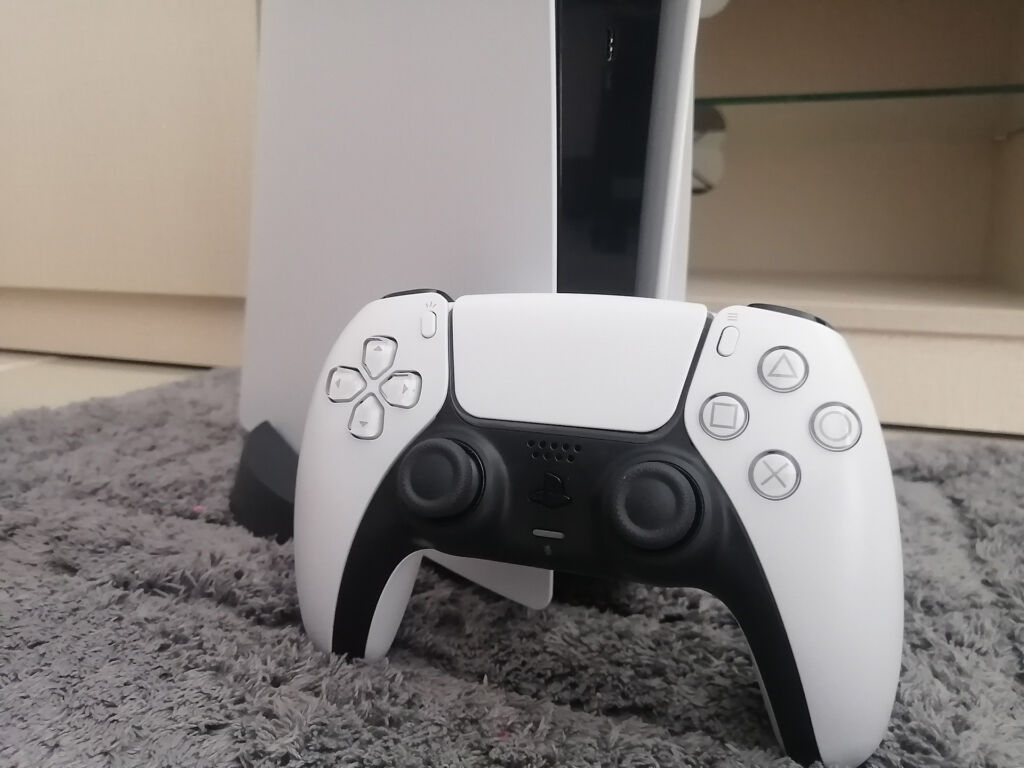
New gameplay experiences are what makes a console generation unique, and with the PlayStation 5, you are going to certainly get a generational leap not just in visual fidelity but also on the palm of your hands. The DualSense, the PlayStation 5’s controller, is the successor the DualShock. The looks of the controller somewhat still give us that PlayStation vibe when we hold it. The same analog stick, buttons, and trigger placements, but bulkier because of what’s inside of it.
There’s a lot of engineering done to the DualSense to make the player feel every environmental effect in every game, but that solely depends on the developer if they want to make use of such feature. For sure, first-party studios will take advantage of the haptic feedback and adaptive triggers, and we’re glad that Treyarch took the chance to take advantage of these said features especially the latter on Call of Duty: Black Ops Cold War.
If you are unfamiliar with the terms haptic feedback and adaptive triggers, let me shed some light. Haptic feedback is the kind of improved vibrations that will simulate the kind of sensation when you step on specific surfaces like sand and metal. For example, if your character walks on sand, the controller vibrates with a grainy sensation like there’s a lot of tiny little rocks inside it. While stepping on metal, however, gives you that light sharp tap from the controller every time when your character steps on that metallic surface with each foot.
With the adaptive triggers, the L2 and R2 will have programmable dynamic resistance levels that will push your fingers back in certain situations. Let’s take a bow, for example. When your character pulls the bowstring when you press R2, you will feel the level of tension of the trigger like you’re pulling an actual bowstring in real life. Another example is when you shoot with a rifle or a submachine gun, the R2 trigger will kickback every time a bullet comes out of the muzzle.
In Astro’s Playroom, the free pre-installed game that comes along with the PlayStation 5, you will get to experience all of this.
The DualSense gives that bizarre sensation to a point that anything is possible in this day and age of technology. I’m definitely looking forward to the different kinds of gameplay features the developers can make out of the DualSense controller. It’s definitely exciting.
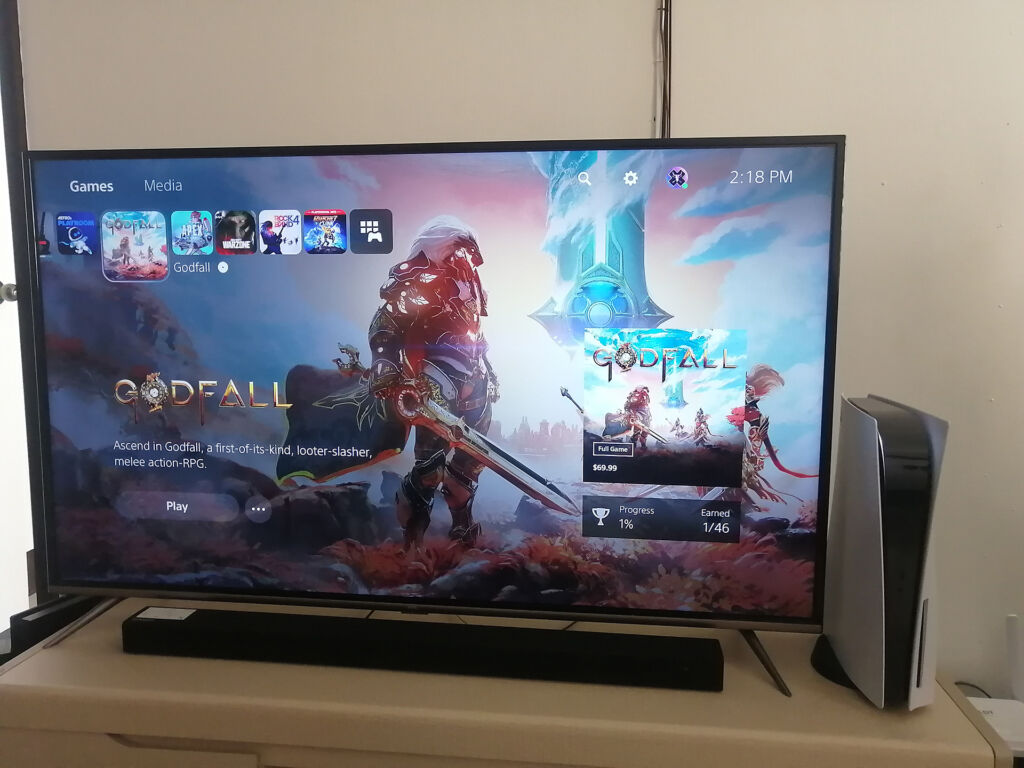
The PlayStation User Interface (UI) got an overhaul, and unlike the Xbox Series X, Sony went to natively render the main menu in 4K. There are a lot of changes and a ton of new things Sony added that we’ve requested since the PS4 era.
First, the decision to make the application icons akin to the ones we see on mobile phones is a welcome change. I love how I can see a high-resolution of the game’s backdrop, showcasing either the Lombax or the adorable astrobots. Plus, how Sony separated both the game icons and the media streaming services like Netflix fixed the cluttered mess the previous generation had. It’s so clean and organized, and even without any custom themes, I definitely dig this change.
Sony also added one of the most requested features: the hours played. Sometimes when we play games we lose the track of time and it makes us curious how long have we been playing Skyrim or Call of Duty: Warzone. Now, we can see this under the “Games” tab on your personal or friend’s profile (only if they made their games list public).
The new PlayStation UI certainly showcases what a next-generation console is.
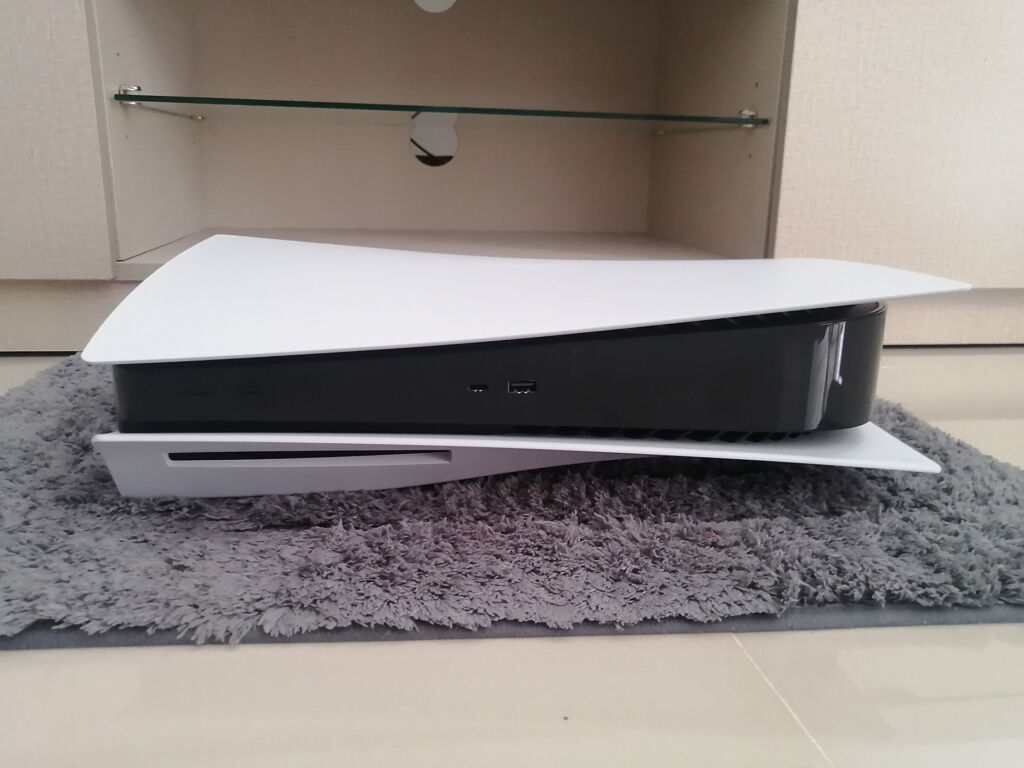
I haven’t had complaints about the PlayStation 5 except for the “business decision” of not making the DualShock 4 compatible when you play next-generation PlayStation titles, unlike the Xbox Series X. I know you must be thinking, why would I want to play a PS5 game with a PS4 controller? Well, for one, I have the Razer Raiju PS4 controller that costs about almost Php. 8,000 (roughly USD $159.9) and since owning one I’ve been accustomed to its design. I hate to replace the controller with another one knowing that haptic feedback and adaptive triggers are optional and aren’t entirely required. But I do understand the logic of such decision, they want to market the DualSense more in this generation.
The PlayStation 5 is a remarkable next-generation console and has exceeded expectations on many different levels. The ability to feel the environment through the DualSense, the stunning visual fidelity, the ultra-fast load times, and decent exclusive launch titles (Demon’s Souls remake, Spider-Man: Miles Morales, Bugsnax, Sackboy: A Big Adventure) make this piece of tech a worthy buy.



